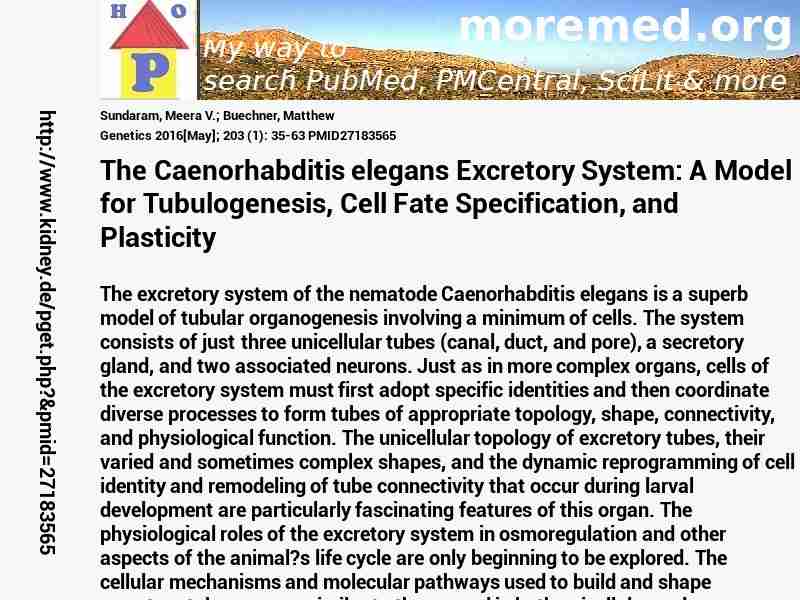
|
10.1534/genetics.116.189357
http://scihub22266oqcxt.onion/10.1534/genetics.116.189357

C4858784!4858784!27183565
 free free
 free free
 free free
Warning: file_get_contents(https://eutils.ncbi.nlm.nih.gov/entrez/eutils/elink.fcgi?dbfrom=pubmed&id=27183565&cmd=llinks): Failed to open stream: HTTP request failed! HTTP/1.1 429 Too Many Requests
in C:\Inetpub\vhosts\kidney.de\httpdocs\pget.php on line 215
|  
Deprecated: Implicit conversion from float 213.6 to int loses precision in C:\Inetpub\vhosts\kidney.de\httpdocs\pget.php on line 534
Deprecated: Implicit conversion from float 213.6 to int loses precision in C:\Inetpub\vhosts\kidney.de\httpdocs\pget.php on line 534
Deprecated: Implicit conversion from float 213.6 to int loses precision in C:\Inetpub\vhosts\kidney.de\httpdocs\pget.php on line 534
Deprecated: Implicit conversion from float 213.6 to int loses precision in C:\Inetpub\vhosts\kidney.de\httpdocs\pget.php on line 534
Deprecated: Implicit conversion from float 213.6 to int loses precision in C:\Inetpub\vhosts\kidney.de\httpdocs\pget.php on line 534
Deprecated: Implicit conversion from float 213.6 to int loses precision in C:\Inetpub\vhosts\kidney.de\httpdocs\pget.php on line 534
Deprecated: Implicit conversion from float 247.2 to int loses precision in C:\Inetpub\vhosts\kidney.de\httpdocs\pget.php on line 534
Warning: imagejpeg(C:\Inetpub\vhosts\kidney.de\httpdocs\phplern\27183565.jpg): Failed to open stream: No such file or directory in C:\Inetpub\vhosts\kidney.de\httpdocs\pget.php on line 117
 Genetics 2016 ; 203 (1): 35-63 Genetics 2016 ; 203 (1): 35-63
Nephropedia Template TP
gab.com Text
Twit Text FOAVip
Twit Text #
English Wikipedia
|
The Caenorhabditis elegans Excretory System: A Model for Tubulogenesis, Cell Fate Specification, and Plasticity #MMPMID27183565Sundaram MV; Buechner MGenetics 2016[May]; 203 (1): 35-63 PMID27183565show ga
The excretory system of the nematode Caenorhabditis elegans is a superb model of tubular organogenesis involving a minimum of cells. The system consists of just three unicellular tubes (canal, duct, and pore), a secretory gland, and two associated neurons. Just as in more complex organs, cells of the excretory system must first adopt specific identities and then coordinate diverse processes to form tubes of appropriate topology, shape, connectivity, and physiological function. The unicellular topology of excretory tubes, their varied and sometimes complex shapes, and the dynamic reprogramming of cell identity and remodeling of tube connectivity that occur during larval development are particularly fascinating features of this organ. The physiological roles of the excretory system in osmoregulation and other aspects of the animal?s life cycle are only beginning to be explored. The cellular mechanisms and molecular pathways used to build and shape excretory tubes appear similar to those used in both unicellular and multicellular tubes in more complex organs, such as the vertebrate vascular system and kidney, making this simple organ system a useful model for understanding disease processes.�
  
DeepDyve
Pubget Overpricing | 
|